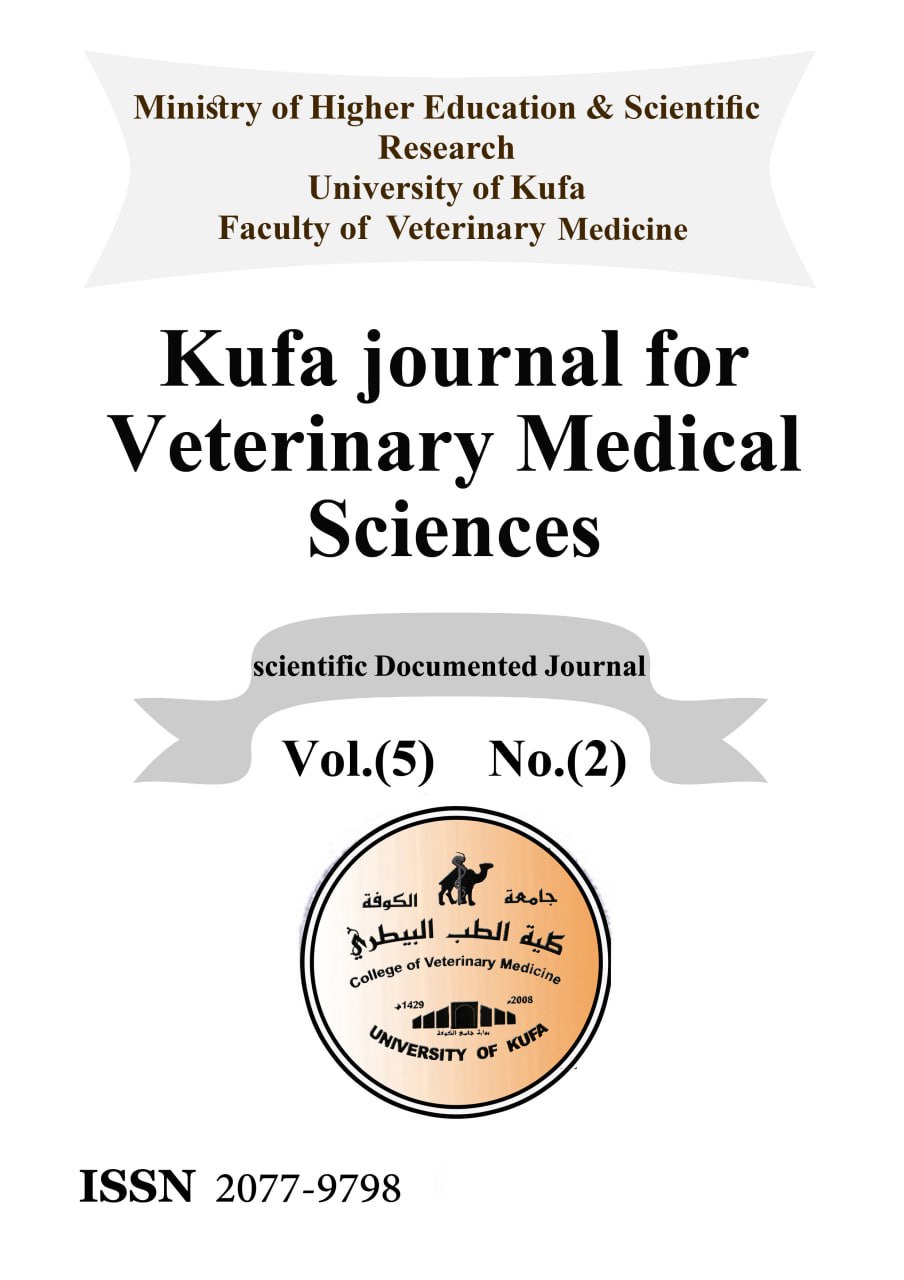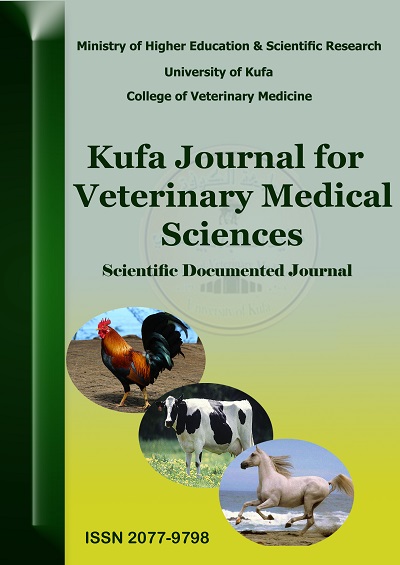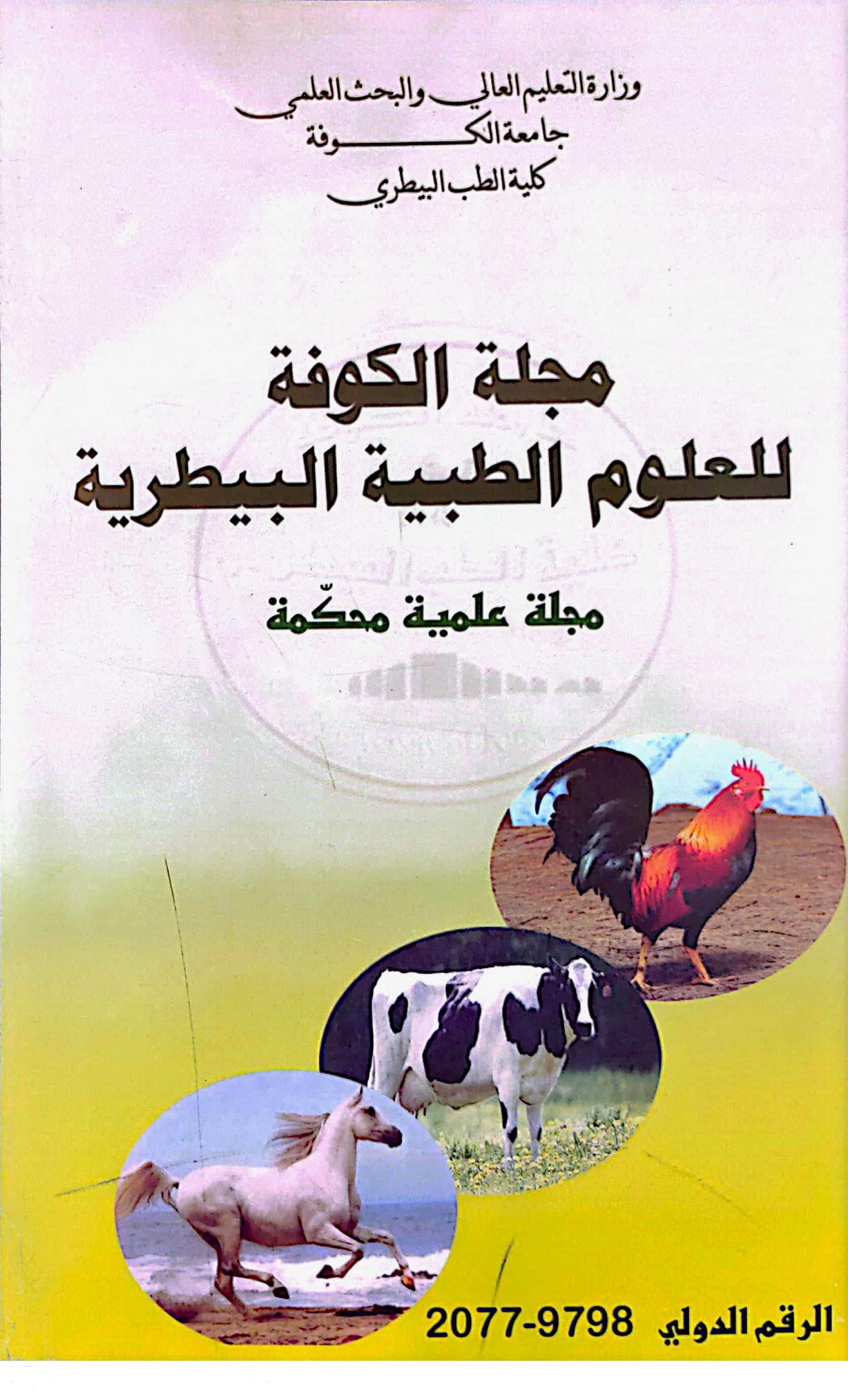Some aspects of histological alteration in the tapeworm Hymenolepis nana infected white mice by transmission electron microscopy
DOI:
https://doi.org/10.36326/kjvs/2014/v5i24178Keywords:
H. nana, histological alteration, mice and tapeworm, transmission electron microscope, tegumentAbstract
This transmission electron microscopy (TEM) study has shown that the all of sections were obtained from tapeworm, Hymenolepis nana infection which were administered by eggs to white mice at 28 days of age, except in the case of cortisone- treated mice, in which infection was carried out at 38 day of age . The appearance of the brush border does not vary with the age of the worm, nor does treatment with cortisone affect it . The same may be said of distal cytoplasm . There is, however, a dramatic change in the appearance of the perinuclear layer . In older worms (45 day) the number of nuclei is reduced and those which remain are dark in colour . Unidentified structures, which appear to be abnormal, granulated mitochondria, are seen, and lipids accumulate both within and around the cells . Older worms from with cortisone - treated mice also have an altered perinuclear layer, but the changes are different . All of the normal structure are present, but they look as though they are dying because their membranes have a tendency to collapse . As in older worm from hosts which were not treated with cortisone, there was an increase in oil droplets .
Downloads
Downloads
Published
How to Cite
Issue
Section
License
Copyright (c) 2023 Jasim Hameed Taher

This work is licensed under a Creative Commons Attribution 4.0 International License.













